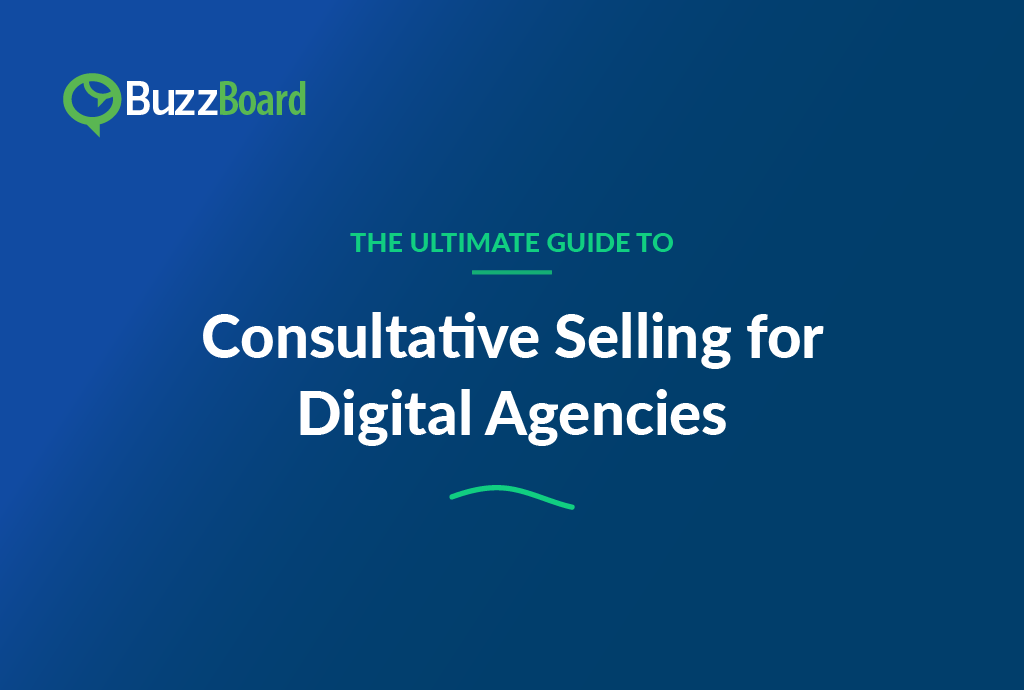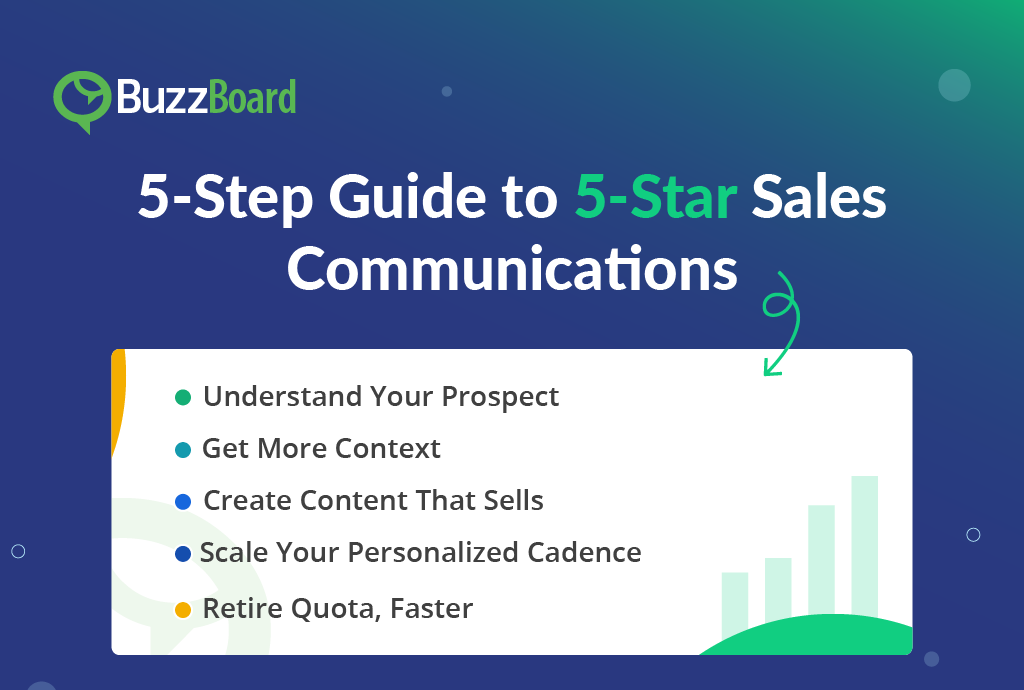What’s more valuable: a good conversation or a lead?
Now, don’t overanalyze it, just say what comes to mind.
If you replied “Lead,” I wouldn’t blame you. It’s a wonderful feeling when a fresh, qualified inbound lead appears in your inbox or CRM queue. Those leads seem to say, “Call me, I’m that quick win that you’ve been waiting for to save your month!”
Let’s pause here for a deep breath. I’m not saying that the frothy days of inbound are over. Will they return? Sure, they may, especially for well-financed companies that are willing to spend huge marketing dollars (read: super high CPC bids) to acquire them. But for the next 6–12 months (at least), as sales organizations are expected to do more prospecting, there’s a new currency that I believe has always held more long-term value. And that’s the conversation.
Just as in life, the goal is to have more good conversations than bad ones and for that, there are some easy tips to follow.
Talk time
For those of us who’ve spent time (read: labored, fought through and hopefully succeeded) in outbound call centers, the term “Talk Time” is one of those activity metrics that frankly, both reps and managers all too often discount.
Put simply, talk time is defined as the time that you’re speaking or engaging with a prospect. Making 75-100 calls per day is not hard and scheduling the required number of demos is also usually achievable. But achieving 2-3 hours each day of actual conversations with prospects should be the ultimate goal. Mastering the art of conversation is an important skill, and it is often the best indicator of success among sales reps.
First and foremost, it’s vital to be selective about who you’re calling. The days of “spray and pray” dialing and emailing are over. Of course, maintaining your numbers (calls per day), is still necessary. However, talk time is more attainable when you focus on the right prospects to call.
As we all know, even when you identify the “right” business to call, it takes an average of 7–10 calls/reach-outs to connect and really engage with them.
The same can often be said of inbound leads, too. How many times have you been unable to connect and close the vast amount of inbound leads in your queue? Just because it’s an inbound lead doesn’t mean it’s not going to require multiple conversations. And to have a good conversation with a prospect, you have to do some preparatory research.
Research: what’s enough and what’s too much
This is usually a steep learning curve for new reps. Too often, an unseasoned rep either spends too much time researching a business or not any time at all. It’s feast or famine.
Spending too much time on research before really qualifying a prospect is deadly. And the cause is usually one of three things: not enough experience, not enough confidence, or a mountain of position papers and category research. Position papers and category research are often just thrown at reps with the expectation that they digest it all before a call, and that’s a tall order. Please don’t misunderstand. Research is good, except when it’s so voluminous that it begins to resemble a deal book for an M&A transaction. We’re not asking our reps to make recommendations on buying a company.
The 30-second rule
Some of the most successful reps use the 30-second rule. The goal here is to spend just 30 seconds to get a quick 360-view of their prospect before calling them.
To accomplish this, you need a method or tool that quickly brings to life the DNA of that business. You need answers to these kinds of questions at your fingertips:
- Is the business in growth mode?
- Are they investing in technologies and people (employees) to expand or modernize their business? And if so, do they have a real need for the service/product that you’re selling?
With this key information, you can call a prospect and start engaging.
At this point, the beguiling dance of the conversation begins. No doubt, you’ve heard all these recommendations before:
- Be honest and transparent
- Provide the prospect with some compliments on their business
- Focus on people
- And lastly, the popular catch phrase of the day—be sure to deliver some value during the conversation
These bullet points sound straightforward, but how do you ultimately bring value that is specific to the business prospect you’re having a conversation with?
Understand the business to have a value-driven conversation
If you’re lucky, you’ll get a real talker on the phone who opens up about all their dreams and all the things they’re doing to advance their business. In reality, the onus is on you to engage the prospect with the relevant facts and findings, which leads to why the prospect would benefit from your product/service.
For example, if you sell creative solutions, you’d be super happy to learn that a business prospect produces tons of content and blogs. If you sell HR and payroll solutions, it may be helpful to know that a prospect had many open positions prior to the coronavirus crisis.
Do they sell a lot of products on their website via e-commerce? Have they been a big digital advertiser in the past? What does the creative messaging tell you about how they differentiate their business?
You get the picture. The more personal things you can bring up that are specific to the prospect’s business, the more talk time you register, and the more you engage.
So, during this time of reduced lead volume, the real currency of this new business landscape is, ironically, the same age-old driver and indication of success as always: the conversation!








